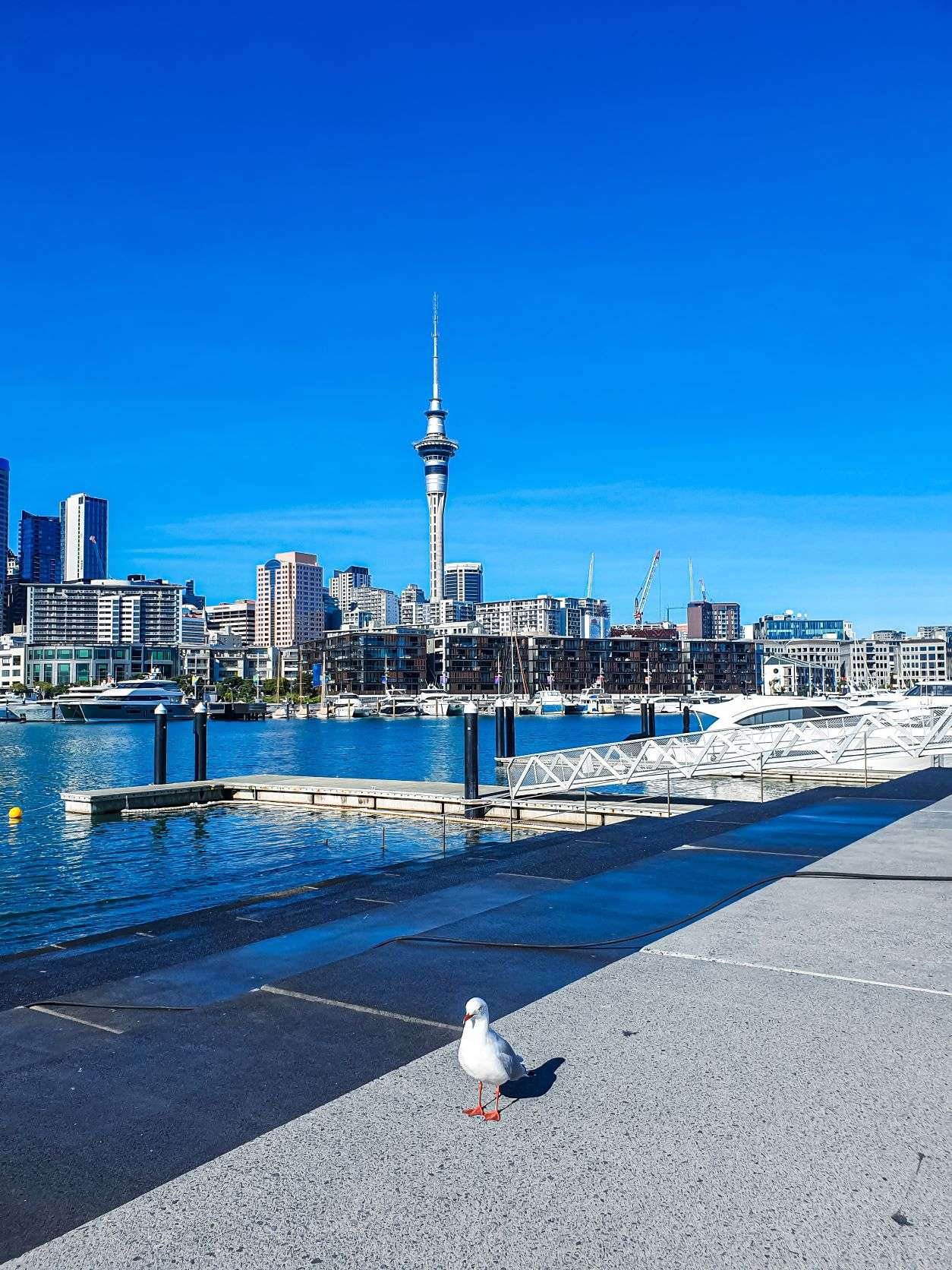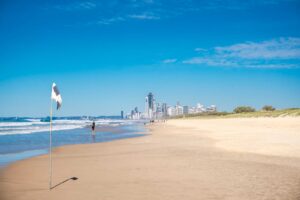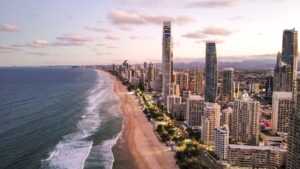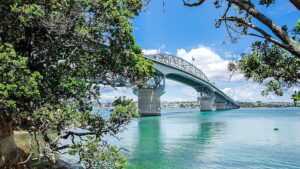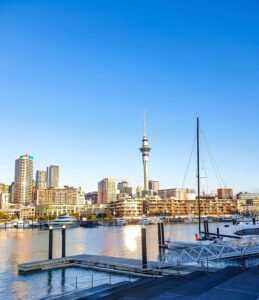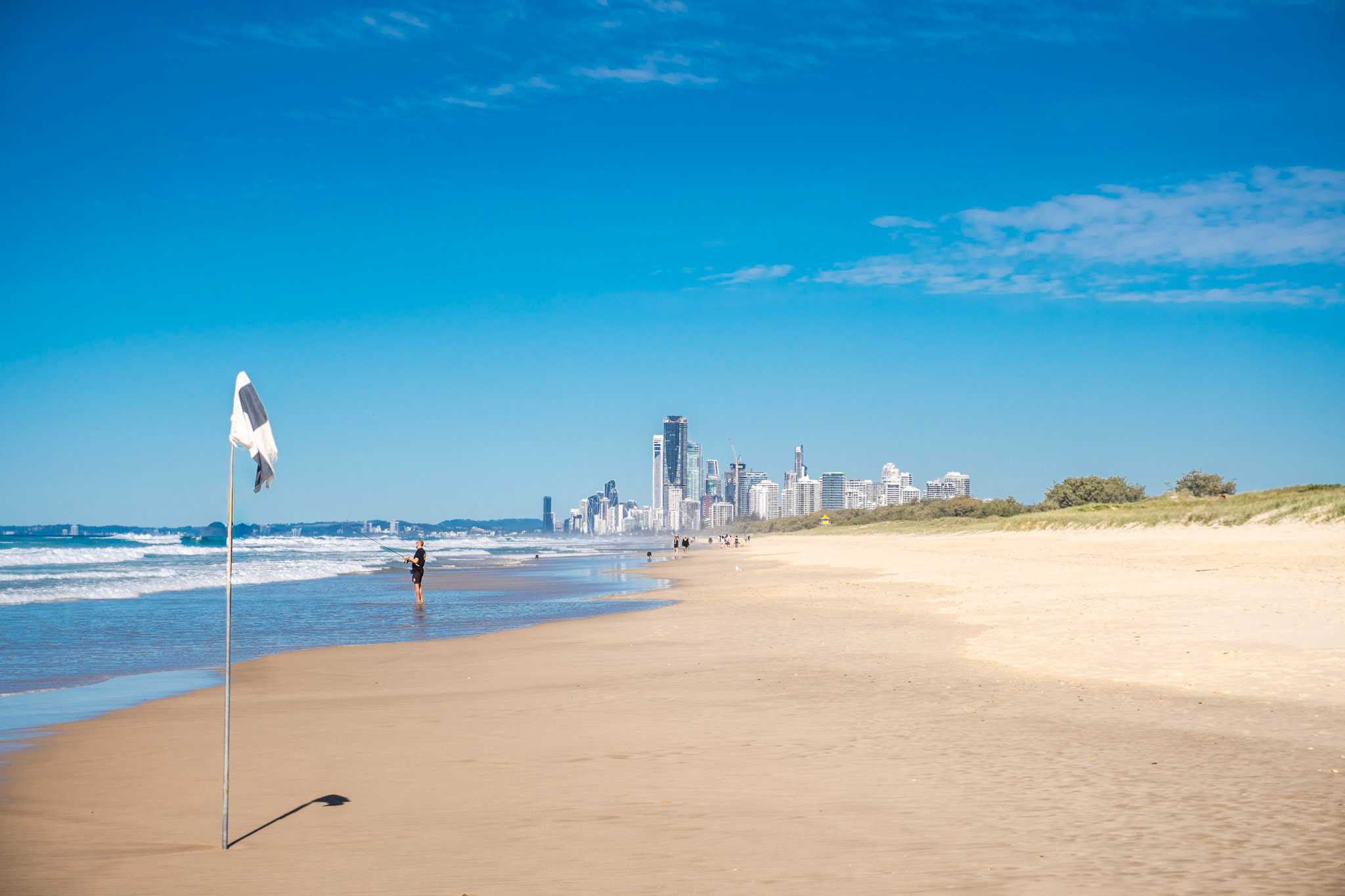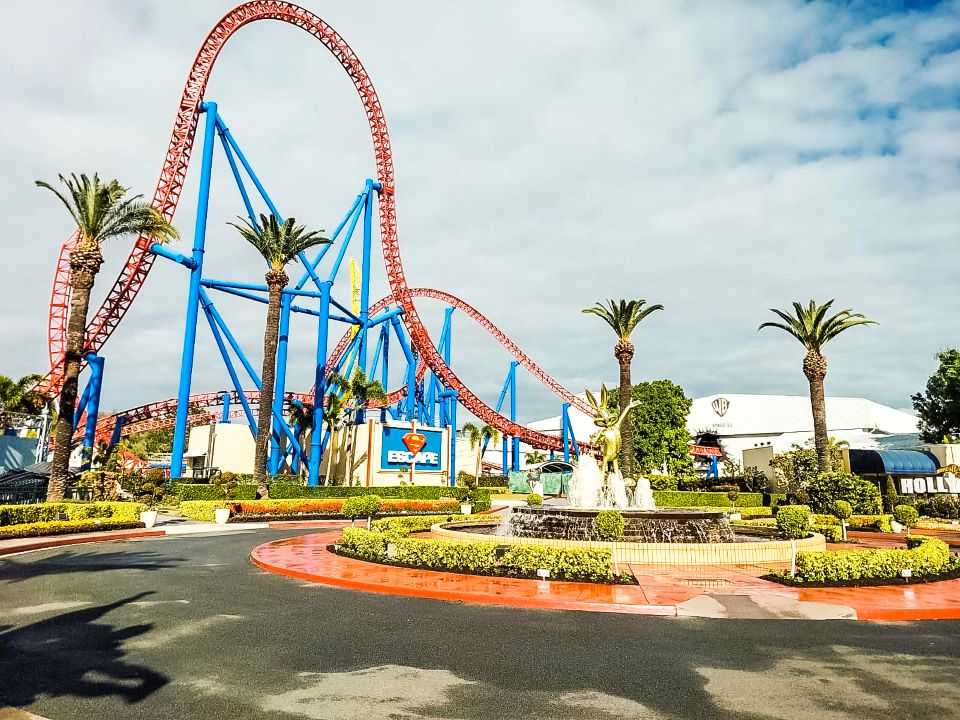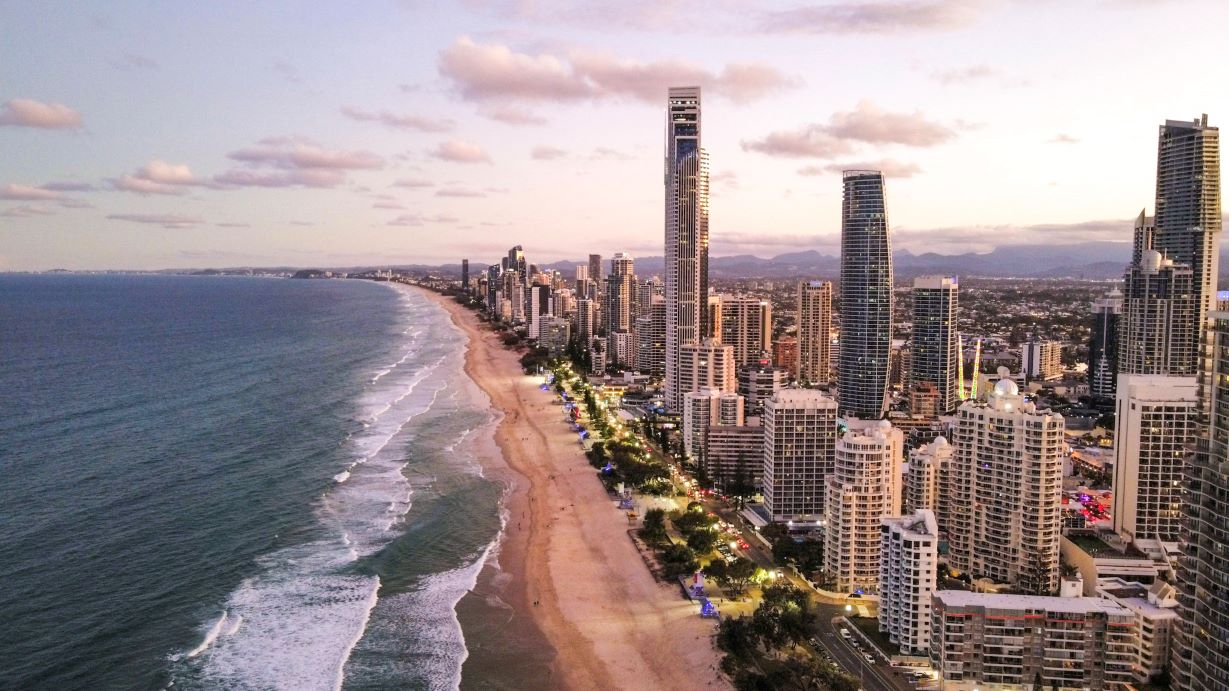New Zealand Travel Tips: A Guide to Your Ultimate Kiwi Adventure
Find the best New Zealand Travel Tips in this guide allowing you to have the ultimate Kiwi adventure.
New Zealand, a country renowned for its stunning landscapes, rich culture, and adventurous spirit, is a dream destination for many travelers. Whether you’re marveling at the vibrant city life, exploring natural wonders, or seeking thrills, New Zealand offers it all.
However, to make the most of your trip, there are a few essential New Zealand travel tips that can make your experience even more unforgettable. This guide will cover everything from general travel advice and must-know tips before you go incuding what to eat, and a breakdown of both islands.
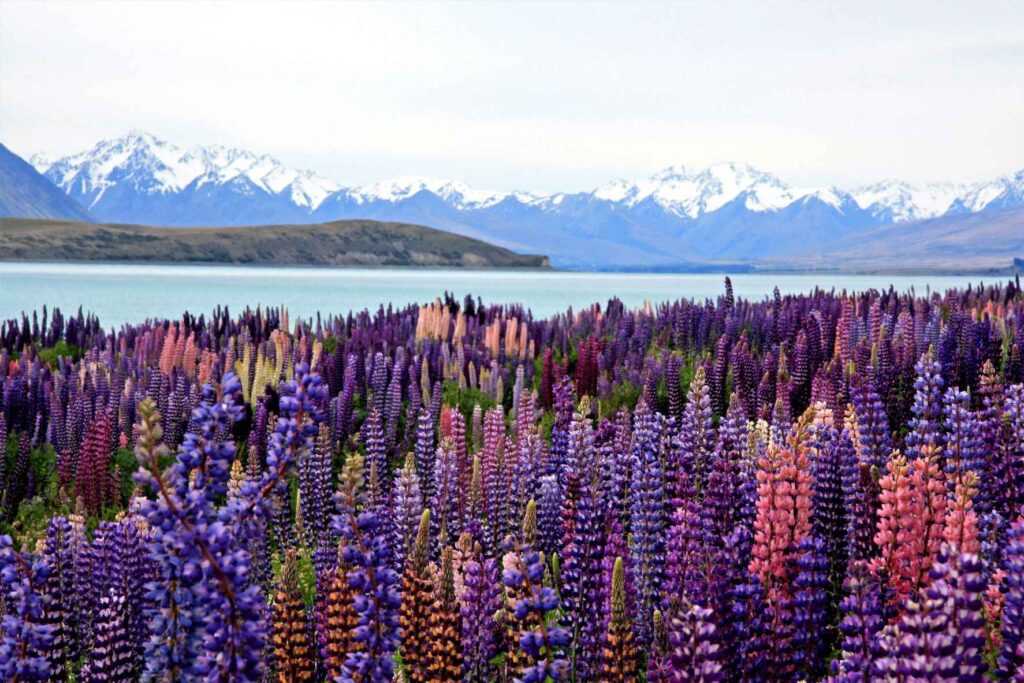
** Disclaimer: Please note some of the links in this post are affiliate links. Purchasing through these links earns us a small commission at no extra charge to you.
Table of Contents
ToggleKnow Before You Go: New Zealand Travel Tips
Best Time to Visit New Zealand
New Zealand is a year-round destination, but the best time to visit depends on the type of activities you’re interested in:
Summer (December to February)
This is the peak tourist season, with warm temperatures, long daylight hours, and a range of outdoor activities. Summer is perfect for hiking, beach activities, and enjoying the country’s many festivals. However, it’s also the busiest time, so expect more crowds and higher prices.
Autumn (March to May)
Autumn offers milder weather, fewer crowds, and spectacular fall foliage, especially in the South Island. It’s a great time for hiking and enjoying the quieter side of New Zealand.
Winter (June to August)
Winter is ideal for ski enthusiasts, especially in Queenstown, Wanaka, and other alpine regions. While the weather is cold, you’ll find lower prices and fewer tourists in cities like Christchurch and Wellington. Many outdoor activities, such as hiking and stargazing, can still be enjoyed, especially on the North Island.
Spring (September to November)
Spring is another excellent time to visit, with warmer weather, blooming flowers, and fewer crowds. Many of New Zealand’s iconic outdoor experiences are in full swing during these months.
Language Spoken
New Zealand has three official languages: English, Māori, and New Zealand Sign Language. While English is the primary language spoken, Māori holds significant cultural importance. You will hear Māori terms and place names throughout the country, and locals are often proud of their heritage. If you take the time to learn a few Māori words, it will be appreciated.
Currency Used
The official currency of New Zealand is the New Zealand Dollar (NZD). ATMs are widely available, and most establishments accept credit and debit cards. However, it’s always a good idea to carry a small amount of cash when traveling to remote areas.
Best Ways to Get Around New Zealand
New Zealand’s transportation infrastructure is efficient and offers several options for getting around:
Car or Campervan
Renting a car or campervan is one of the best ways to explore New Zealand at your own pace. The roads are well-maintained, and driving is an excellent way to soak in the stunning scenery. If you’re planning to visit rural areas, a car is essential. A campervan also allows you to camp under the stars at one of New Zealand’s many scenic campgrounds.
Buses
InterCity and other bus services are available for long-distance travel between major cities and towns. They are affordable and offer a scenic way to travel if you prefer not to drive.
Trains
New Zealand offers some of the world’s most scenic train journeys, such as the TranzAlpine and Northern Explorer. These trains offer panoramic views of mountains, lakes, and farmland, making them an unforgettable travel experience.
Domestic Flights
If you’re planning to travel between the islands, flying is the quickest way to get around. Domestic flights are frequent and can save you significant travel time compared to road or bus trips.
Essential New Zealand Travel Tips
Traveling to New Zealand can be a smooth and exciting experience if you prepare well. Here are a few New Zealand travel tips you should keep in mind before heading to this magnificent country:
1. Visa Requirements
New Zealand has specific visa requirements depending on your nationality. Most travelers will need an NZeTA (New Zealand Electronic Travel Authority), which is simple to apply for online. Be sure to check if you need a visa before booking your flights.
2. Adapter
New Zealand uses a Type I electrical plug (three flat pins). The voltage is 230V with a frequency of 50Hz. Be sure to bring the right adapter if your devices have a different plug type.
3. Driving License
If you plan to drive, ensure you have a valid driver’s license in English. If it’s not in English, you’ll need an International Driving Permit (IDP).
4. Currency
The currency is the New Zealand Dollar (NZD). Credit cards are widely accepted, but it’s good to have some cash on hand for small purchases.
5. Time Zones
New Zealand operates in two time zones: New Zealand Standard Time (NZST) and New Zealand Daylight Time (NZDT) during daylight saving months (September to April). Be aware of the time difference when planning flights or connecting with people back home.
6. Weather Conditions
New Zealand’s weather can be unpredictable, with rapidly changing conditions, especially in mountainous areas. Pack for all seasons, even if you’re traveling in the summer.
7. Respect Nature
New Zealand has strict regulations to protect its unique flora and fauna. Be mindful not to disturb wildlife or bring foreign plants, seeds, or soil into the country.
8. Travel Insurance
It’s highly recommended to purchase travel insurance before your trip. New Zealand has a high standard of healthcare, but costs can be expensive for tourists, especially in emergencies.
9. Mobile Phones
Most major networks in New Zealand offer great coverage, but service might be limited in remote areas. It’s a good idea to get a local SIM card for affordable rates and coverage.
10. Wi-Fi Access
While Wi-Fi is available in most hotels, cafes, and cities. It’s not always free, especially in rural areas. Be sure to check with your accommodation about Wi-Fi charges.
11. Bring Layers
New Zealand’s weather can vary greatly within a single day. Bring a mix of clothing layers (including rain gear and warm items) to stay comfortable throughout your trip.
12. Public Toilets
New Zealand has excellent public toilets, which are often found in towns and remote areas. They’re usually free, clean, and well-maintained.
13. Stay on Marked Tracks
When hiking, always stay on the marked tracks. New Zealand has some of the most beautiful hikes in the world, but safety is paramount, especially in the wilderness.
14. Driving Distances
New Zealand might appear small on a map, but it can take a long time to drive from one region to another due to winding roads, mountainous terrain, and scenic stops. Allow extra time for travel and don’t rush.
15. Alcohol and Smoking
The legal drinking age in New Zealand is 18. Smoking is banned in many public areas, including beaches, parks, and restaurants, so be aware of the restrictions.
16. Wildlife and Insects
New Zealand has no native land mammals (except bats), but it does have some unique wildlife. Be cautious of sandflies in certain areas, and always pack insect repellent.
17. Health Precautions
There are no mandatory vaccinations for visitors to New Zealand, but ensure you’re up-to-date with routine vaccines like tetanus and hepatitis A.
18. No Tipping Culture
Tipping is not common in New Zealand, and service charges are typically included in bills. If you’re pleased with your service, you may leave a small tip.
19. Eco-Friendly Travel
New Zealand is passionate about sustainability. Wherever possible, follow eco-friendly practices, such as reducing waste and recycling, to help preserve its beautiful natural environment.
20. Learn a Few Maori Words
Kiwis are proud of their Maori heritage. While English is the primary language, learning a few basic Maori words like “Haere mai” (Welcome) or “Māori” (pronounced “Mah-ori” – the indigenous people of New Zealand) is a sign of respect and will be appreciated.
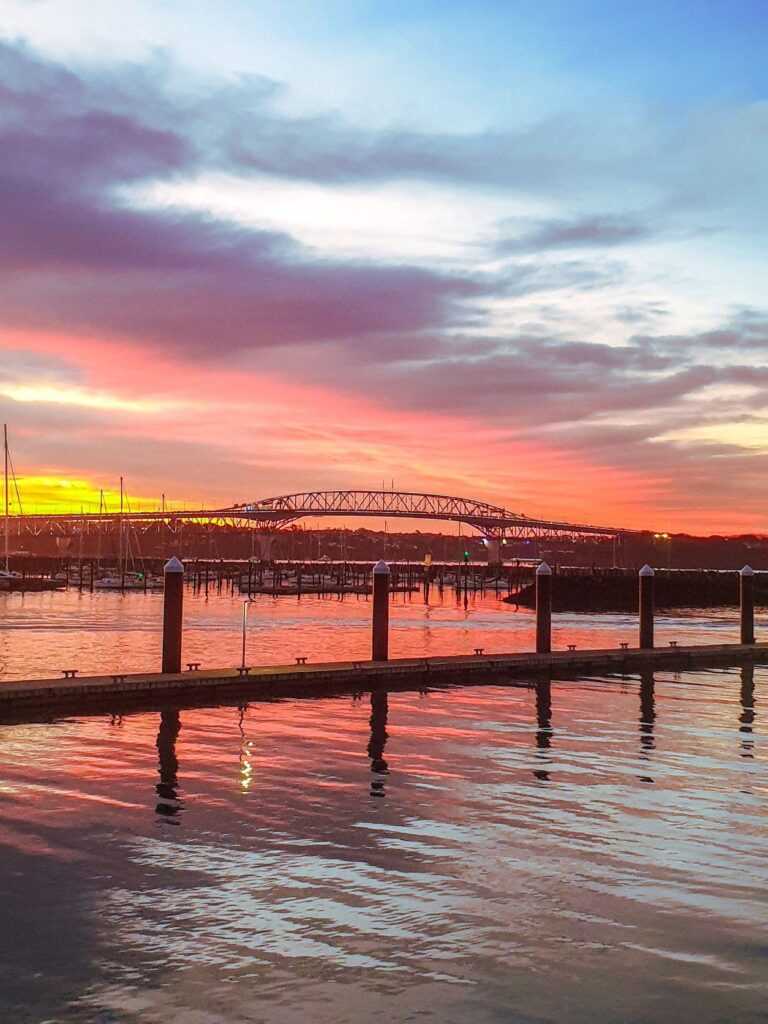
What to Eat in New Zealand
New Zealand boasts a vibrant food culture that celebrates fresh, local produce and reflects the country’s diverse influences. When in New Zealand, make sure to sample these quintessential Kiwi foods:
1. Pavlova
A Kiwi classic! This meringue-based dessert is topped with fresh fruits like kiwis, strawberries, and passionfruit. It’s light, airy, and a perfect treat.
2. Fish and Chips
A staple of New Zealand’s seaside culture, fish and chips are often enjoyed at the beach, with the fish fresh from the surrounding waters.
3. Lamb
New Zealand is famous for its high-quality lamb, often roasted, grilled, or slow-cooked. Lamb is featured on many menus, and it’s a must-try while in the country.
4. Kumara (Sweet Potato)
This sweet potato is a popular vegetable in New Zealand, often roasted or made into fries. It’s commonly served alongside meat or in salads.
5. Hāngi
This traditional Maori dish is prepared by cooking food in an underground oven. It typically features meats, root vegetables, and sometimes seafood.
6. Manuka Honey
Manuka honey, produced from the nectar of the Manuka tree, is famed for its health benefits. It can be found in many dishes, teas, or even as a standalone sweet treat.
7. Whitebait
Tiny, delicate fish, usually served on toast or in omelets, whitebait is a seasonal delicacy in New Zealand.
8. Anzac Biscuits
These coconut and oat biscuits, originally made by the wives of soldiers during World War I, are delicious and often enjoyed as a snack or dessert.
9. Kiwi Fruit
No trip to New Zealand is complete without sampling its namesake fruit. Kiwi fruits are incredibly sweet and packed with vitamins, perfect for a healthy snack.
10. Beer and Wine
New Zealand produces world-class wines (particularly Sauvignon Blanc from Marlborough) and craft beers. Enjoying a glass of local wine or a cold beer after a day of adventure is a must.
Breakdown of New Zealand by North and South Island
New Zealand is split into two main islands—each offering distinct experiences. Here’s what you need to know about each:
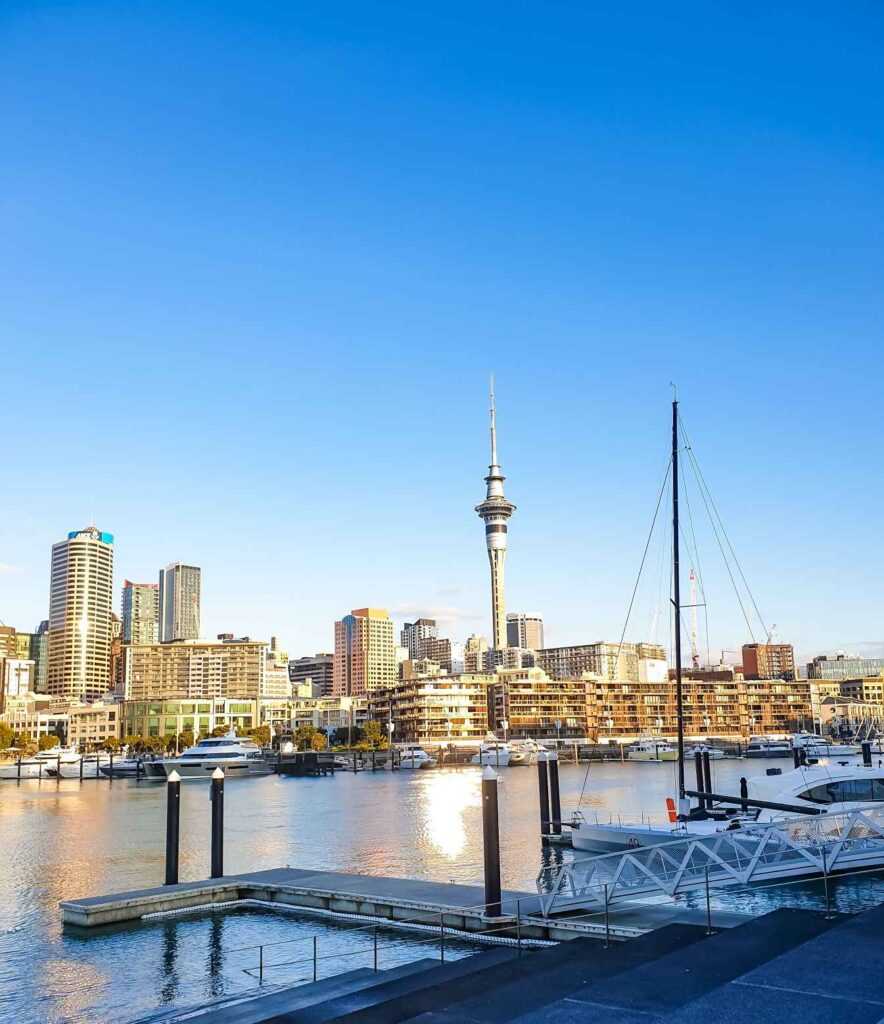
North Island
- Auckland: The largest city, Auckland is the cultural and economic hub of New Zealand. It’s a great base for exploring the nearby beaches, islands, and attractions like the Sky Tower.
- Rotorua: Known for its geothermal activity, Rotorua offers bubbling mud pools, hot springs, and cultural experiences with the indigenous Maori people.
- Wellington: The capital city, Wellington is renowned for its vibrant arts scene, stunning harbor, and culinary delights. Don’t miss the Te Papa Museum for insights into New Zealand’s history.
- Bay of Islands: A beautiful coastal area ideal for sailing, swimming, and learning about New Zealand’s colonial history.
South Island
- Queenstown: Queenstown is the adventure capital of New Zealand, offering everything from bungee jumping to skydiving, all surrounded by incredible scenery.
- Fiordland National Park: Known for its dramatic fjords, this UNESCO World Heritage site is one of the most stunning natural places in New Zealand.
- Christchurch: Christchurch, known as the “Garden City,” is filled with beautiful parks and botanic gardens. It’s also a gateway to nearby nature reserves and beaches.
- Marlborough: This wine-growing region is known for its Sauvignon Blanc and other varietals. Take a wine tour and explore the vineyards.
Final Thoughts
Whether you’re a nature lover, thrill-seeker, or culture enthusiast, the “Land of the Long White Cloud” offers something for everyone. From breathtaking landscapes to unique food experiences and rich Māori culture, this stunning destination will leave you with memories to last a lifetime.
Before you set off on your Kiwi adventure, keep these New Zealand travel tips in mind. Make sure you understand the country’s geography, respect local culture, and enjoy the wide range of activities available on both the North and South Islands. Above all, take your time and embrace the laid-back Kiwi way of life as you explore one of the most beautiful countries in the world.
Happy Travels!
Note: The information here is updated the best we can at the time of writing this article. Please check attractions, activities, and transport before your trip as things tend to change from time to time.

